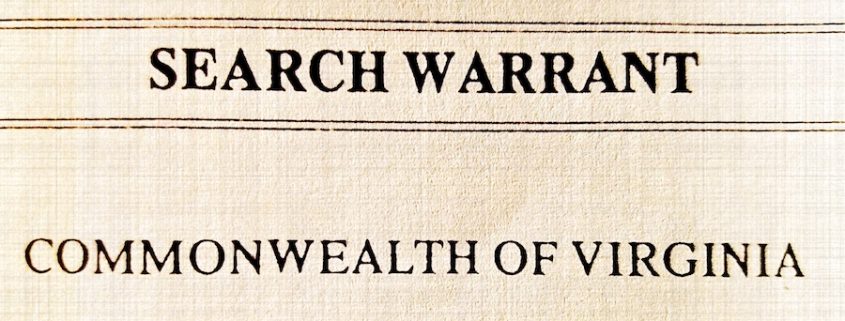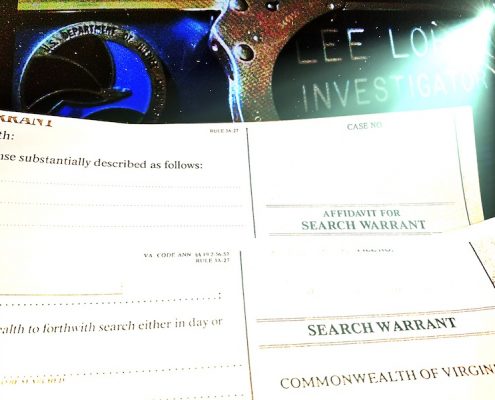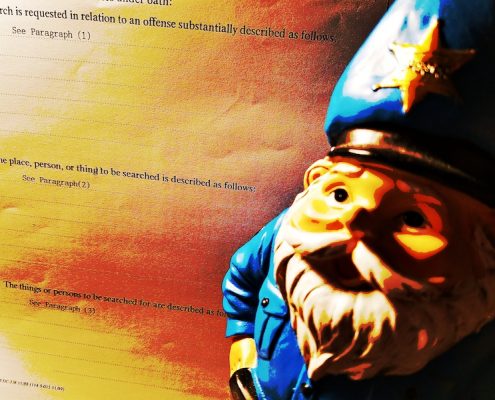A.
AAFS – American Academy of Forensic Science
Abandonment: Knowingly giving up one’s right to property without further intending to reclaim or gain possession. Abandoned property can be searched by police officers without a search warrant. Most states deem it illegal to abandon motor vehicles, and the owner may be summoned to civil court to answer charges, pay fines, or to receive notice of vehicle impoundment and disposal.
Abduction: The criminal act of taking someone away by force, depriving that person of liberty or freedom. A person who has been kidnapped against their will has been abducted. This definition does not apply to a law-enforcement officer in the performance of his duties.
*FYI writers – Local police agencies can and do investigate kidnapping/abduction cases. I’ve worked and solved several. The FBI does NOT have to be called for abduction cases.
Abscond: To covertly leave the jurisdiction of the court or hide to avoid prosecution or arrest. A suspect who “jumps bail” or hides from police, while knowing a warrant has been issued for her arrest, has absconded from justice. Film director/producer Roman Polanski absconded to France before he could be sentenced for having unlawful sex with a minor.
Adipocere – Waxy substance found on decomposing bodies (consisting of fatty tissue). Also known as grave wax.
Affidavit – Written statement of facts given under oath.
ALS (Alternate Light Source): Lighting equipment used to enhance/visualize potential evidence.
APIS – Automated Palmprint Identification System.
Armed Robbery: Robbery is the act of taking, or seizing, someone’s property by using force, fear, or intimidation. Using a weapon, such as a gun, knife, or club, to carry out the same robbery constitutes an armed robbery. You have NOT been robbed when someone breaks into your home while you’re away and steals your TV.
B.
Badge Bunny: Nickname given by police officers to females who prefer to date only police officers and firemen. Many of these badge bunnies actively pursue recent police academy graduates to the point of actually stalking the officers. Some have even committed minor offenses and made false police complaints to be near the officers they desire. Many police academies mention badge bunnies near the end of the officer’s academy training to prepare them for the possible situation.
BDU – Battle dress uniform (often worn by crime scene investigators, SWAT, canine officers, and entry teams).
BioFoam – A substance used to make impressions.

Bond – Money or other security posted with the court to guarantee an appearance.
C.
Case File: Collection of documents pertaining to a specific investigation. The case file specific to a particular homicide investigation is sometimes called the “murder book.”
Case Identifiers: Specific numbers or alphabetic characters assigned to a specific case for the purpose of identification. For example – Case #ABC-123 or #987ZYX
Chalk Outline – This is a myth. Police DO NOT outline the bodies of murder victims. Why not? Because doing so would contaminate the scene. Tracing around the body could also move vital evidence. Crime scenes are photographed, not color-in with fingerprints or pastels.
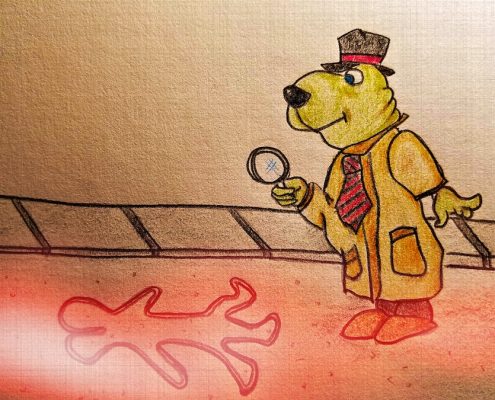
Chase: Empty space inside a wall, floor, or ceiling that’s used for plumbing, electrical, and/or HVAC ductwork. A chase is a common hiding spot for illegal contraband and/or evidence (murder weapons, narcotics, stolen items, etc.).
CI – Confidential informant.
CSM – Crime scene management.
Complaint – Statement given under oath where someone accuses another person of a crime. Officers may also refer to a call as a complaint. “Man, I caught two loud music complaints in one hour last night.”
Complainant – Person who accuses another. Or, someone who called the police. “Go to 1313 Mockingbird Lane. The complainant’s name is Herman Munster.”

Cook – Make crack cocaine or methamphetamine.
D.
Dying Declaration: Statement about a crime made by a person who is about to die.
E.
EDTA – Anticoagulating agent (tubes containing EDTA have purple tops).

Electrostatic Dust Lifter: Device that electrically charges a piece of plastic film that’s placed over a print made in dust (a shoe or palm print, for example), which in turn causes the dust to adhere to the film. The result is a perfectly captured print that’s ready for photographing.
Fire triangle – Three must-haves for a fire to burn—heat, fuel, and oxygen.
F.
Floater – Body found in water.

H.
Hit – Outstanding warrant, or stolen. “We got a hit on that car.”
Hook ’em Up – To handcuff a prrisoner.
Hot – Stolen.
I.
IABPA – International Association of Bloodstain Pattern Analysis.
Information – Paperwork (document) filed by a prosecutor that accuses someone of a crime.
K.
Knock and announce – Requirement that officers knock on the door and announce their presence when serving a search warrant. “Police. Search warrant!”
L.
Latent Print: Print that’s not readily visible to the human eye.
O.
OIC – Officer in charge.
P.
PC – Probable cause. “Do you have enough PC to get a warrant?”
Patent Print: A fingerprint that’s easily seen/visible with the naked eye, without the use of powders and/or chemical or other enhancements.
Plastic – Credit card.
Priors – Previous arrests.
PPE – Personal protective equipment.
Projectile Trajectory Analysis: The process used to determine the path traveled by a high-speed object (bullets, arrows, etc.).
R.
Ride the chair – Die by electrocution.
Ride the needle – Die by lethal injection.
Roll up – Arrest someone.
S.
Stripes – A sergeant’s patch or insignia.
T.
Tache noire – Drying of the eye that results in a black line across the cornea.
T-Bone – Broadsided in an crash.
Trace Evidence: Small bits of evidence, such as fibers, hairs, glass fragments, gunshot residue, etc.
U.
UC – Undercover officer.
V.
V Pattern – Pattern formed by fire burning on or against a wall. Usually the fire’s point of origin is at the peak of the V.
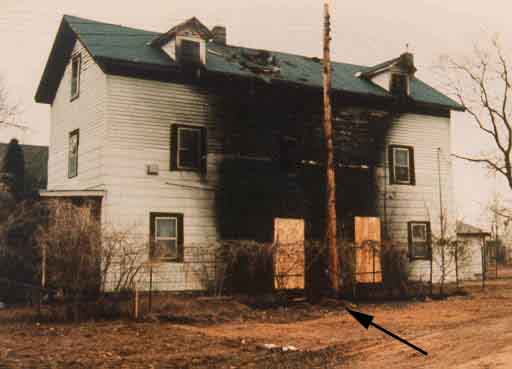
Verbal – A warning. “I gave him a verbal, but next time his butt’s going to jail.”
VIN – Vehicle Identification number. (“Run the VIN on that car to see if you get a hit.”)
Visual – Able to see something or someone. “Have you got a visual?”
W.
Walk – To get off a charge. Released without a record.
Write – Issue a summons.
“Did you write him?”
“Yep. 87 in a 55.”



